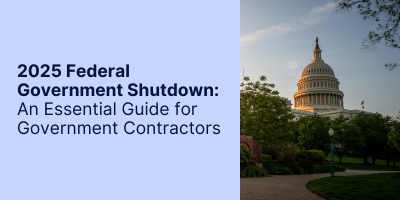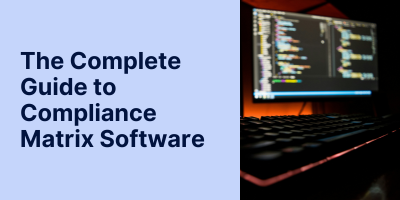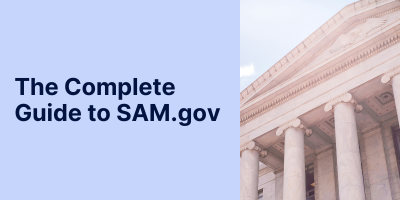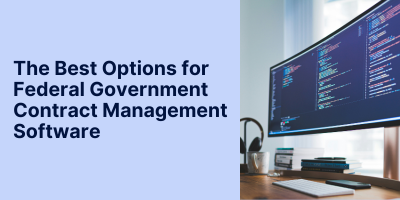2025 Federal Government Shutdown: An Essential Guide for Government Contractors
Executive Summary
The federal government is in a partial shutdown after funding lapsed on October 1, 2025.
Many civilian agencies are curtailed, a large share of federal employees are furloughed, and others are working without pay because their roles are essential.
For government contractors, the effects are uneven. Some contracts can continue if they are already funded or support legally “excepted” activities. Others will slow or stop due to facility closures, absent agency personnel, and a lack of new funding actions.
Contractor employees are not automatically entitled to back pay, so companies must actively manage contract performance, workforce plans, and cash flow.
Why the Government Is Shut Down in 2025
Congress did not pass annual appropriations or a continuing resolution before the new fiscal year began. Without legal authority to spend, affected agencies must suspend non-essential operations until funding resumes. Mandatory programs and operations funded by multiyear or fee-based accounts continue. Everything else is running at reduced capacity or paused.
The Terms Everyone Is Using: Excepted, Exempt, Non-Excepted
Understanding these categories will help you forecast which government counterparts are reachable and which projects can proceed.
Excepted employees: Their roles are critical for public safety, national security, or the protection of property. They continue working during the shutdown, usually without pay until funding is restored.
Exempt employees: Their salaries come from money that did not lapse, such as multiyear or fee-funded accounts. They keep working and keep getting paid.
Non-excepted employees (furloughed): Their roles depend on lapsed annual appropriations and are not designated as critical. They are barred from working until funding resumes, and they will receive back pay later.
Why contractors should care: If your contracting officer, program manager, or government technical lead is furloughed, you may not get approvals, site access, or decisions that you need to perform.
What Work Can Continue During a Shutdown?
Not every contract stops. Use this quick filter:
1) Was funding already obligated?
If yes, performance often continues until funds are exhausted, subject to access and oversight. This includes prior-year, multiyear, and no-year funds.
2) Does the work support an “excepted” function?
If yes, the agency may direct you to continue even without new appropriations. Expect delayed payment timing but eventual compensation when funding is restored.
3) Do you need new funding actions?
If your work requires a new option, task order, or incremental funding that relies on lapsed appropriations, expect a pause until funds are available.
4) Is government access or oversight required?
Even if funds exist, closed facilities and furloughed officials can block performance. You may need written direction from your CO to proceed or pause.
Common Impacts Contractors Are Seeing
- Stop-work orders or informal slowdowns when access, approvals, or new funding are unavailable.
- Inaccessible facilities and systems, including badging, deliveries, inspections, and government-furnished resources.
- Delayed communications because furloughed officials cannot legally work.
- Invoice and payment backlogs that persist even after reopening.
- Talent and morale challenges if teams are idled, reassigned, or asked to use PTO.
- Financial strain since contractor employees are not automatically eligible for back pay.
Top Tips for Federal Contractors During the Shutdown
1) Get clarity in writing
Ask your CO whether performance should continue, pause, or change. Request written direction. If you are blocked but do not receive a stop-work order, send a notice describing the impact and that you are preserving your rights to schedule relief or an equitable adjustment.
2) Obey stop-work orders and mitigate
If told to stop, secure the work, suspend non-essential spend, and reassign staff where possible. Keep a log of actions you took to reduce costs.
3) Do not work at risk
Avoid performing unfunded work unless you have clear written direction that your effort supports an excepted function. The government cannot pay for unauthorized work performed during a lapse.
4) Track every impact
Create shutdown charge codes. Record idle time, demobilization and remobilization costs, missed access, delayed approvals, and schedule slippage. Good records are essential for any future adjustment or extension.
5) Reallocate your team
Shift people to funded projects, internal product work, training, or proposal development. Use PTO plans thoughtfully. Communicate the plan to reduce uncertainty and maintain morale.
6) Handle pay and hours lawfully
Hourly staff are paid for hours worked. For salaried exempt staff, avoid partial-week docking. If you furlough exempt employees, do it in full-week increments or have them use available PTO consistent with your policies and state law. Review WARN and any state “mini-WARN” triggers before large or extended furloughs.
7) Manage cash deliberately
Assume delayed collections and a slower restart. Stress-test your cash position, tighten discretionary spending, talk with lenders early, and model a staggered return to work after reopening.
8) Prepare a restart plan now
List critical activities to execute on day one. Confirm revised milestones with the CO in writing. Prioritize deliverables, staffing, and supply chain steps to regain momentum quickly.
Fast FAQ for Contractor Leaders
Does a shutdown automatically suspend my contract?
No. Performance often continues on already-funded work unless the CO directs otherwise or you cannot access government sites, systems, or personnel.
Will my people get back pay like federal employees?
Not automatically. Contractor staff usually do not receive back pay unless your company provides it or your contract is adjusted later.
Can the government issue new work during a shutdown?
Only in narrow cases tied to excepted functions or where non-lapsed funds are available. New awards that rely on lapsed appropriations generally must wait.
How should I communicate with furloughed officials?
You cannot expect responses until they return. Send clear emails to create a record, but plan operations assuming limited feedback.
What This Means for Your Pipeline and Delivery
Delivery: Expect slips in reviews, acceptances, and payments. Protect schedule baselines with documented notices and updated recovery plans.
Capture and proposals: Deadlines may move, portals may be slow, and Q&A may be unavailable. Use the downtime for solutioning, staffing plans, and pricing models so you are ready when activity resumes.
Customer relationships: Be the steady partner. Share your mitigation plan, confirm readiness to restart, and keep stakeholders informed.
How Procurement Sciences Can Help
Contract portfolio triage: We help you classify each vehicle by funding status, access needs, and shutdown exposure, then define specific actions.
Workforce and cash plans: Rapid playbooks for staffing, compliance, and cash conservation.
Documentation kits: Templates for CO notices, stop-work acknowledgments, impact logs, and restart plans.
Opportunity readiness: Proposal workspaces, content libraries, and AI-assisted red teams so your pursuits accelerate the moment agencies reopen.
Need a rapid shutdown playbook for your portfolio?
We can turn one around quickly so your team knows exactly what to do this week and on day one after reopening.
Click here to schedule time with us - we'd be happy to help out.


%20(1)%20(1).png?width=1440&height=711&name=PSciAI-Save-time.-Deliver-faster.-Win-More-(Black)%20(1)%20(1).png)




%20(1200%20x%20600%20px).png)




-2.png)
-2.png)



